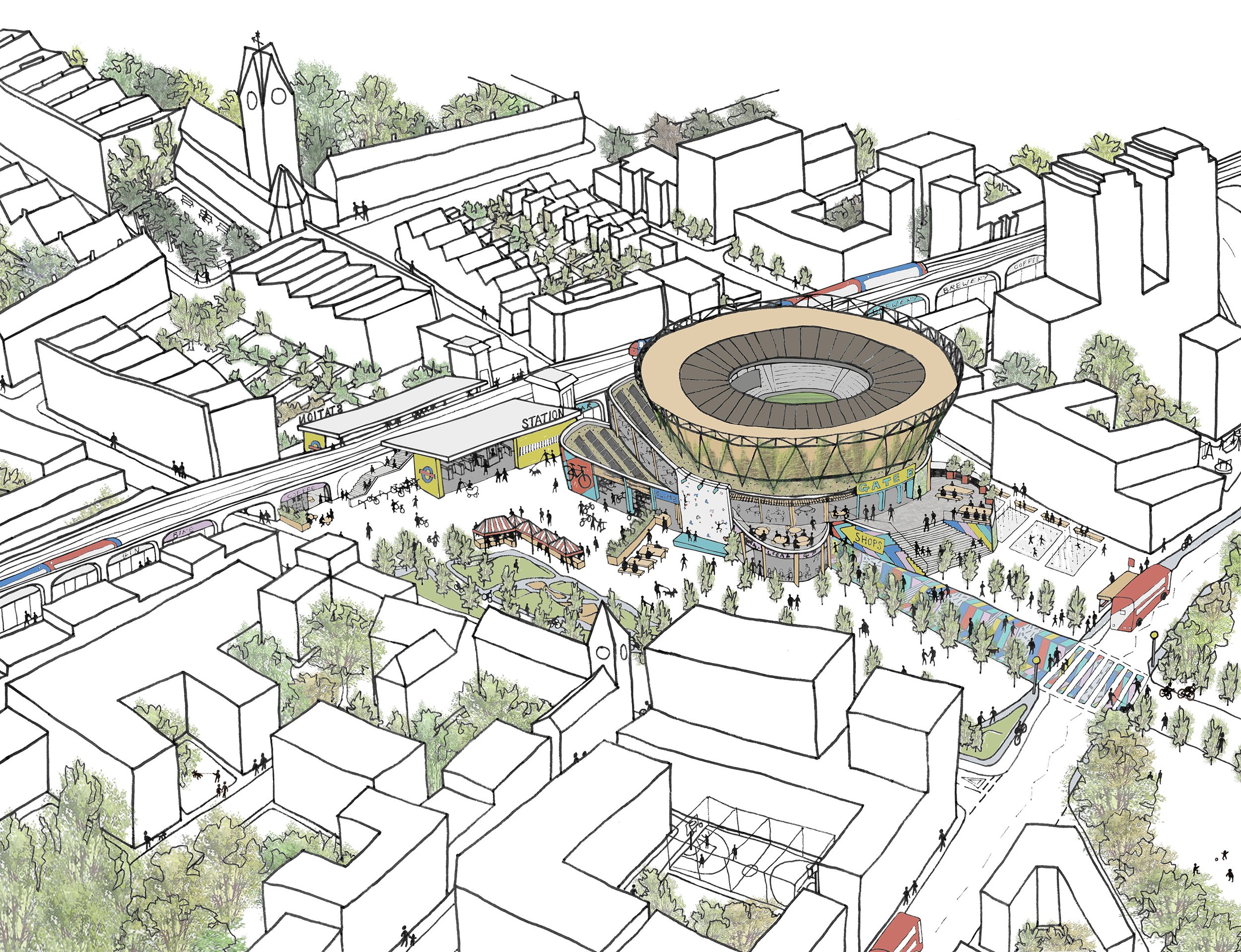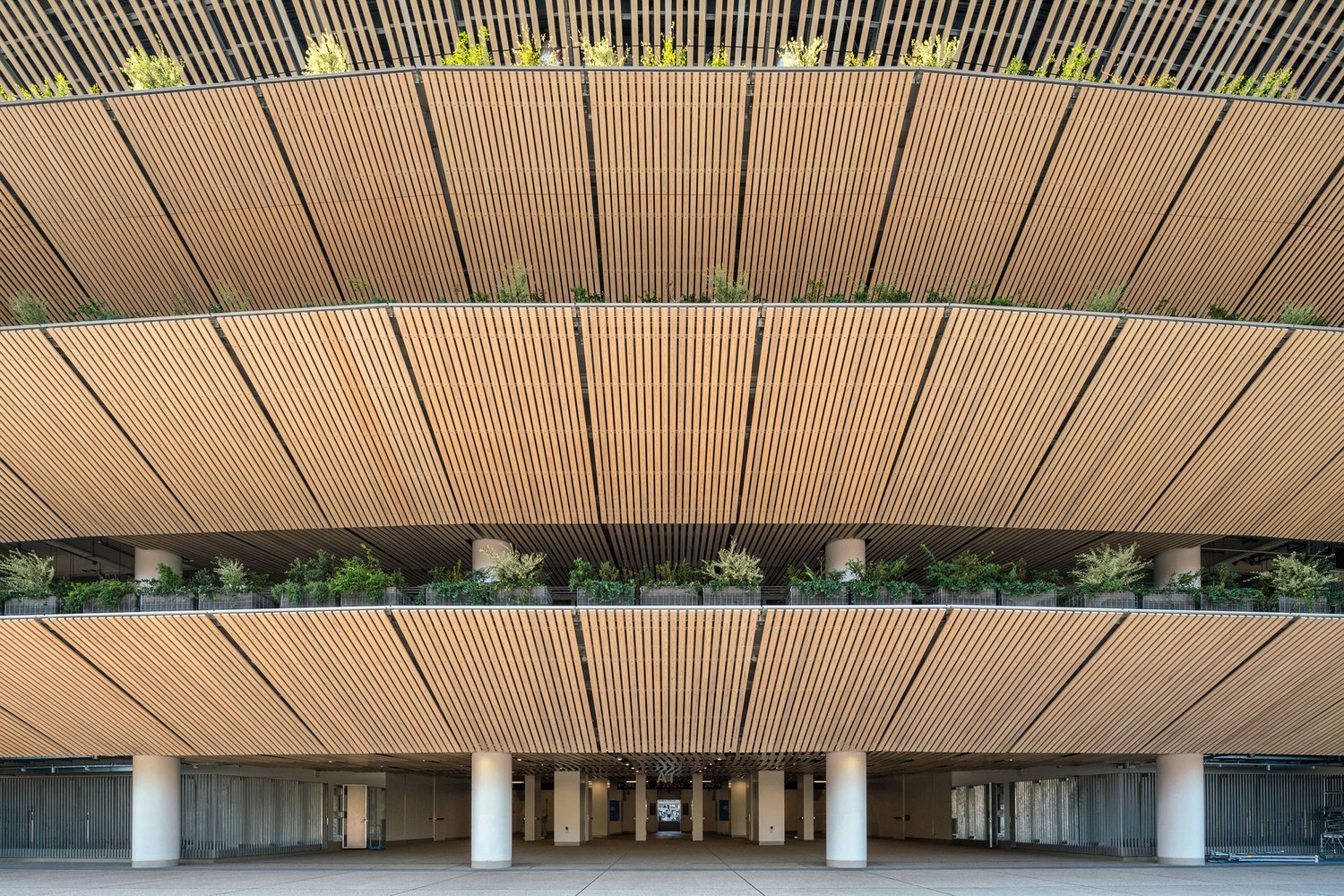
Cities
How sports stadiums can become placemaking anchors 365 days of the year.
Sports stadiums are a vital piece of a cities social and cultural infrastructure. With inspiring architectural designs that sit proudly on a city’s skyline, stadiums have become like modern-day cathedrals to the many millions who pour into them on a weekly basis across the globe.
Stadiums provide the foundation from which a city can build a sporting legacy, creating thousands of jobs and contributing millions to the local and national economy. However, as progressive cities focus on approaches geared towards the liveability, inclusivity and flexibility of the city, sports stadiums have increasingly become disconnected and out of touch.
Our report presents the case that sports stadiums should no longer be designed and operated as a single-use asset sitting empty or underutilised for large parts of the week. Instead, stadiums should be versatile and
integrated placemaking anchors which activate and enliven their local neighbourhoods 365 days of the year. The design approach of stadiums should shift from inward looking to places which have an inclusive and engaging relationship to their surrounding urban context as they become hubs of community activity.
With this ambition in mind this report presents a high-level strategic vision to guide and inspire architects, developers, municipalities and stadium owners in how they can approach stadium design.
More from Sport+
Sport+ Nature
We look at some of the best global examples where nature has been used to embrace sports stadiums.
Sport+ Community
We spoke to Glen Sutton from Fulham FC to find out about the placemaking led approach to the re-development of their Riverside Stand at the historic Craven Cottage.
Sport+ Sustainability
The Johnan Cruijff ArenA in Amsterdam, home to Ajax FC, has pioneered an innovative new approach to generating energy within the stadium.




